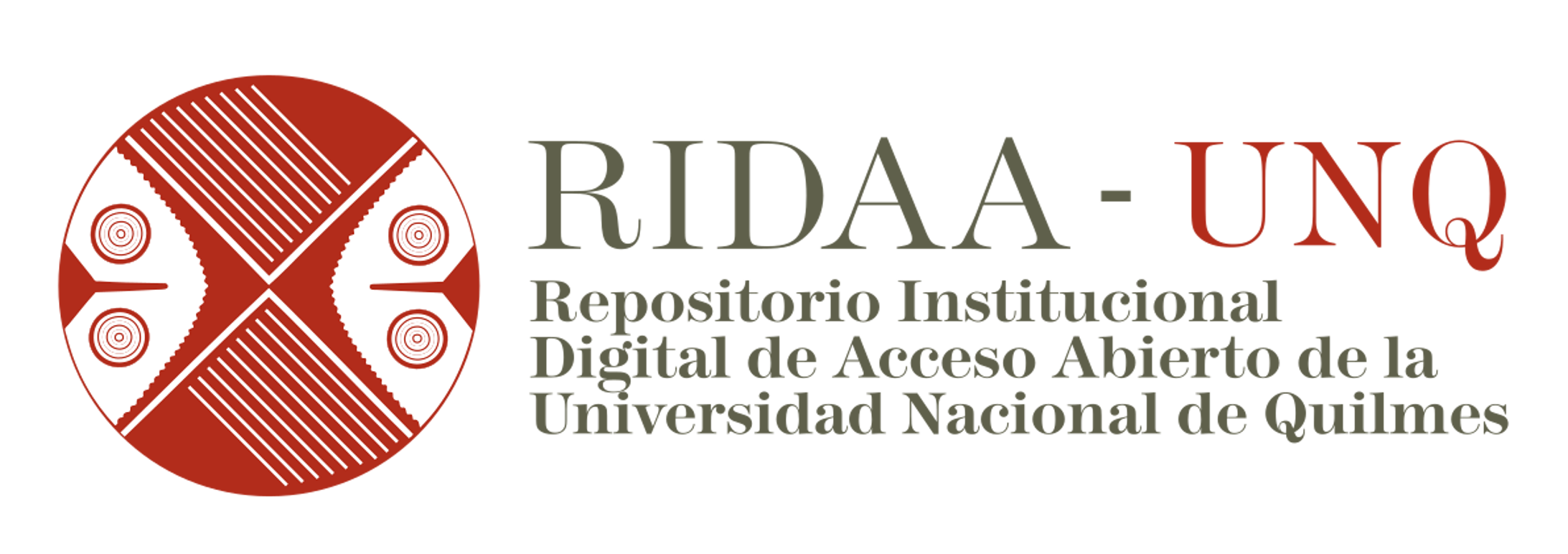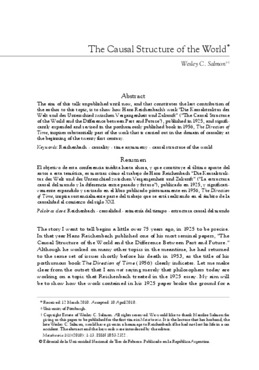The Causal Structure of the World
Resumo
The aim of this talk unpublished until now, and that constitutes the last contribution of the author to this topic, is to show how Hans Reichenbach’s work “Die Kausalstruktur der Welt und der Unterschied zwischen Vergangenheit und Zukunft” (“The Causal Structure of the World and the Difference between Past and Future”), published in 1925, and significantly expanded and revised in the posthumously published book in 1956, The Direction of Time, inspires substantially part of the work that is carried out in the domain of causality at the beginning of the twenty first century. El objetivo de esta conferencia inédita hasta ahora, y que constituye el último aporte del
autor a esta temática, es mostrar cómo el trabajo de Hans Reichenbach “Die Kausalstruktur der Welt und der Unterschied zwischen Vergangenheit und Zukunft” (“La estructura
causal del mundo y la diferencia entre pasado y futuro”), publicado en 1925, y significativamente expandido y revisado en el libro publicado póstumamente en 1956, The Direction
of Time, inspira sustancialmente parte del trabajo que se está realizando en el ámbito de la
causalidad al comienzo del siglo XXI.
Colecciones
Itens relacionados
Apresentado os itens relacionados pelo título, autor e assunto.
-
La difícil consecución de la evidencia científica : la evaluación de riesgos de la sacarina
Vallverdú i Segura, Jordi (Universidad Nacional de Quilmes, 2005-05)Cuando surgen divergencias en torno de la causalidad de un evento o de la consecución de evidencia suficiente sobre los hechos estudiados suelen aparecer controversias científicas. La evaluación de riesgos implica un uso ... -
Mechanistic and neo-mechanistic accounts of causation : how Salmon already got (much of) it right
Campaner, Raffaella (Universidad Nacional de QuilmesUniversidad Nacional de Tres de Febrero, 2013-04)In the last decade or so a number of mechanistic theories have been put forward. Without denying the progress made on the topic and the many distinctive merits of neo-mechanistic views, I argue that the mechanistic revival ...

